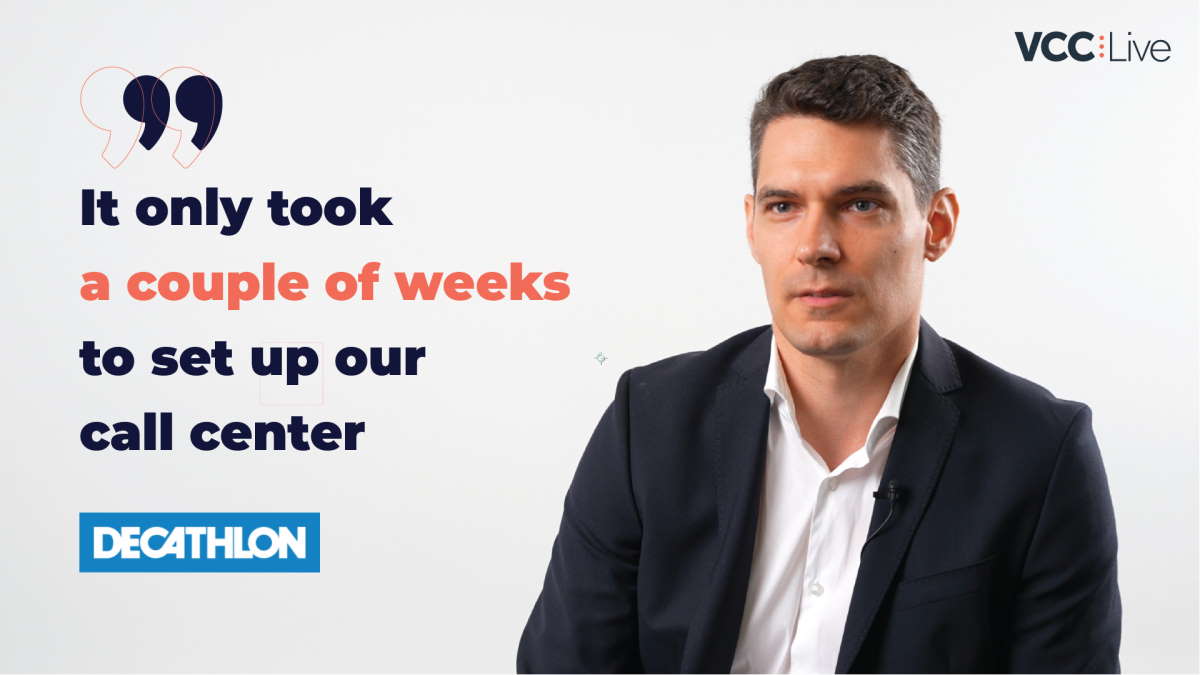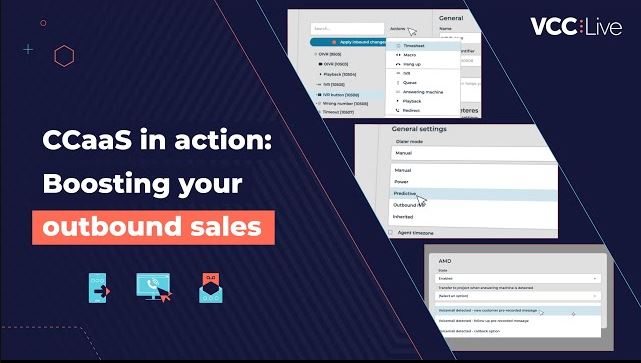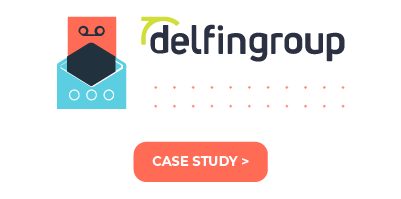Digital transformation is a hotly-debated topic for businesses across a wide range of industries.
As today’s connected customers expect tailor-made customer service, businesses started to deploy ever-sophisticated technology solutions in order to keep up with these new demands. Digital technologies indeed continue to be on the rise, leaving companies with no choice but to adapt to the new business world shaped by digitalization.
There’s no doubt that embracing new technologies in the customer journey is essential to meet customer needs.
In this article, I’ll talk about how digital transformation is constantly reshaping the customer journey and help you better understand why it’s essential for your business to plan an effective digital transformation strategy. Make sure to read on!
Digital transformation – beyond the buzzword
One thing is for sure: digital transformation is the busiest buzzword in the business world at the moment. But before I go deeper into the topic, let’s have a quick look beyond this popular buzzword. Digital transformation means deploying digital technologies into all areas of a business in order to raise the value they deliver to their customers.
Considering that these days it is customers who dictate the rules, it’s no surprise that innovative companies spend a fortune and a great amount of time to digitize their customer journey.
The truth is that thinking digital is not the future, it’s already part of our everyday lives. Take Uber, for example, and how it revolutionized the way people hail taxis. Or let’s take a look at Amazon’s first cashier-less Go store and how it shook up the retail world.
And if you’re still not convinced why your business needs to invest in digital transformation, let the numbers speak for themselves: an MIT study has shown that companies that have already implemented digital transformation are 26% more profitable than their competitors.
The greatest advantage of digital transformation is that it allows your business to measure customer satisfaction throughout the customer journey. In addition, by digitizing your customer journey, not only will you be able to determine whether you managed to meet your predefined objectives but also set new goals for the next quarter based on your current results. If you think long-term, it’s definitely your recipe for success.
In fact, digital transformation is about making things simple, enjoyable, and engaging for the customer at each touch point.
For instance, let’s say, your customer needs to open a bank account. Without having a digitalized customer journey, what they can do is to visit the nearest bank branch and spend several hours there waiting, filling out papers and then waiting again…
But, why would you make your customers spend their valuable time filling out papers when you can digitize the whole process? In fact, by digitizing your customer journey, you can reduce the time needed to open an account from several hours to 15 minutes. Yes, really.
As for embracing digital transformation, it’s worth mentioning Africa where the banking sector is fully digitalized and mobile banking allows customers to send, receive and store money with a single click using their mobile phones.
It’s clear that the financial industry has already started to digitize their processes. While not so long ago financial companies heavily relied on paper-based documents, by now most of them use a number of technologies to digitize paper documents. Some companies even started to identify their customers based on their digital photos.
It’s a win-win situation as customers do not need to spend time filling out and signing paper-based documents, and organizations are able to increase their productivity by using digitized documents.
And this is exactly what digital transformation should be about: addressing customers’ pain points and deploying technology to sort them out in a way that allows increasing productivity.
Think digital and transform your customer journey
As mentioned above, customer journey is now dictated by today’s digital customers. Due to the easily available information and a variety of options on the market, this new kind of customers expects to receive efficient and seamless customer service within seconds.
So, if you’re thinking of digitizing your customer journey, always bear in mind that you’ll need to do it in order to meet your digital consumers’ expectations.
And if you finally decided on to digitize your customer journey, then it’s time to invest in comprehensive technology that will allow you to speed up your processes. Could technology, for example, is critical to digital transformation. In fact, cloud-based solutions are cost-effective and can be easily integrated with other applications, allowing you to meet your customers’ needs as fast as possible.
Furthermore, collecting and making good use of data accumulated at your organization is another important step in digitizing your customer journey. In fact, data analytics will allow you to better understand your customers’ behaviors and needs, and thus add personalization to your customer service. These days, customers expect you to deliver a fully personalized customer service for them, so if you haven’t started to personalize your customer journey yet, now is the time.
Nowadays, more and more businesses are recognizing that customer journeys begin on one channel and end on a completely different platform. Indeed, embracing new communication channels, such as SMS, webchat or social media platform is an important part of digital transformation. This multichannel communication allows businesses to personalize their customer service by letting customers communicate with them via a number of platforms.
Technology is indeed a prerequisite when it comes to digital transformation, however, it is a common mistake I’ve experienced many times that businesses forget about the human factor when they digitize their business processes.
The truth is that however up-to-date your technology solutions may be, bear in mind that your customers will always need the human element in the customer journey.
So, what do you think about digital transformation? Make sure to share your thoughts with me in the comments section!







